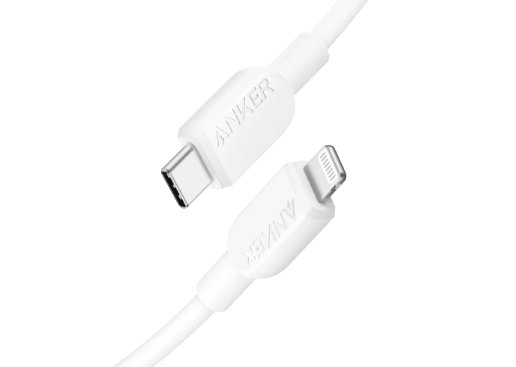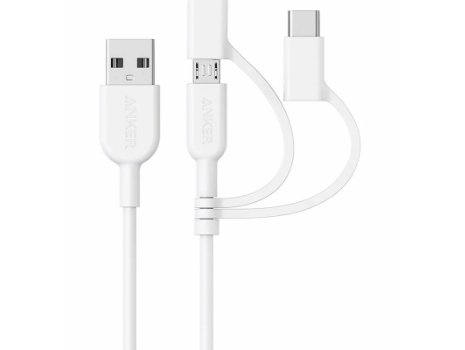Understanding why Anker charger cables charge devices faster than others requires a detailed look into various factors. The type of cable, its material quality, compatibility with devices, and additional features significantly impact the charging speed and efficiency. Consumers are often puzzled by the varying speeds and performances of different iphone charger cable. Knowing what makes a charger cable superior can help in making an informed purchase. And I believe that after you read the following content, you will have a deeper understanding of this type of product and know whether you need it.
Reason of Charger Cables Charge Speed
Material Quality and Construction
Chargers differ in material quality and construction, with significant consequences for charging speed. High-quality materials like copper wires ensure better conductivity, reducing resistance and enabling quicker power transfer. Additionally, well-constructed cables often feature enhanced shielding to minimize electromagnetic interference, which further promotes efficient charging. The Anker 321 USB-C to Lightning Cable exemplifies these qualities. Its ultimate durability, proving to withstand over 12,000 bends, is a testament to its superior build quality. Anker’s cable lasts 12 times longer than other cables, thanks to rigorous laboratory tests. When selecting a charger cable, always seek out high-quality materials and robust construction to ensure rapid and sustained charging performance.

Compatibility and Certification
Compatibility plays a crucial role in how fast a device charges. Not all cables are made equal; some are designed specifically for certain devices. For instance, the Anker 321 USB-C to Lightning Cable has MFi certification. This certification ensures that the cable meets Apple’s stringent standards for quality and safety, allowing it to charge Apple devices at their fastest possible speed. Cables lacking proper certification or compatibility may not harness the full charging capability of your device. For Apple users, using an MFi-certified cable like Anker’s Powerline II ensures optimal performance. Certified cables undergo strict quality testing, ensuring that they not only charge quickly but also do so safely, protecting the device from potential damage caused by uncertified alternatives.
Technology and Additional Features
Technological advancements in charger cables include features such as fast-charging capabilities, intelligent power delivery, and adaptive charging technologies. USB-C Power Delivery (PD) technology, for example, can significantly reduce charging times for compatible devices by delivering higher power levels safely. Fast-charging technology identifies the best voltage/current combination to charge the device swiftly without overheating or overloading it. The Anker 321 USB-C to Lightning Cable incorporates such technologies to enhance charging speed and efficiency. The integration of advanced features optimizes power transfer, ensuring devices receive power rapidly and securely. A cable equipped with modern charging technology ensures enhanced functionality compared to older, basic models.

Conclusion
Choosing the right charger cable involves considering its material quality, compatibility, and technological features. The Anker 321 USB-C to Lightning Cable is a prime example, offering robustness, MFi certification, and advanced charging technologies. It stands out for its ultimate durability, lasting 12 times longer than other cables, and ability to withstand over 12,000 bends. Safety and speed are guaranteed with its MFi certification, providing an optimal charging experience for Apple devices. Investing in a high-quality charger cable like the Anker 321 ensures that your device charges at its fastest possible speed while maintaining safety. Understanding these critical factors empowers consumers to make informed decisions, avoiding the pitfalls of substandard cables. A wise choice in charger cables translates to better device performance, longevity, and overall satisfaction.












